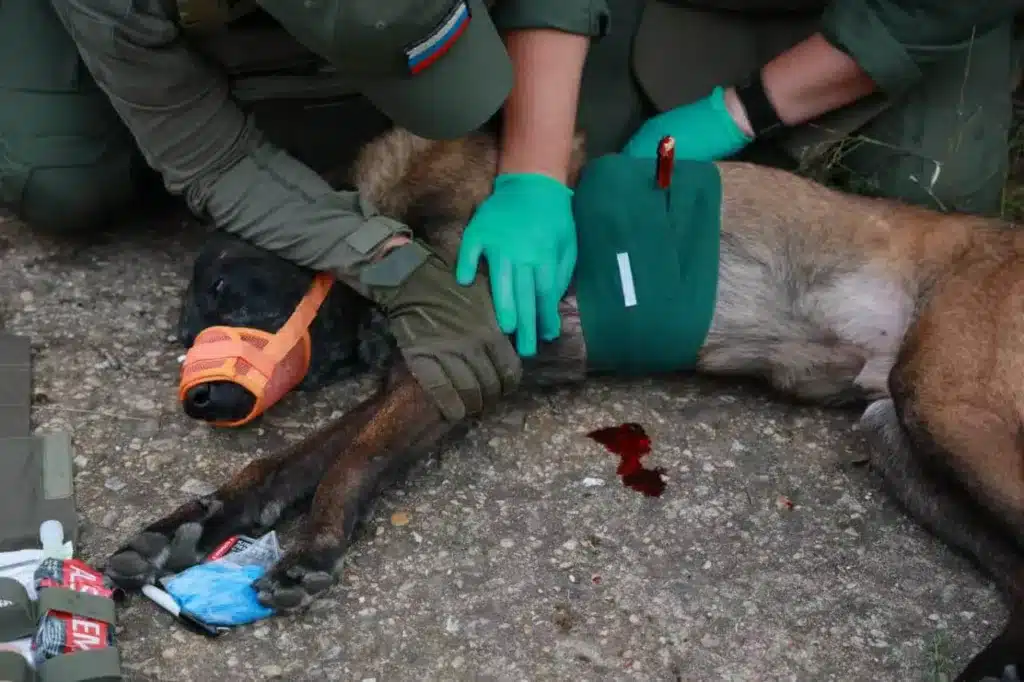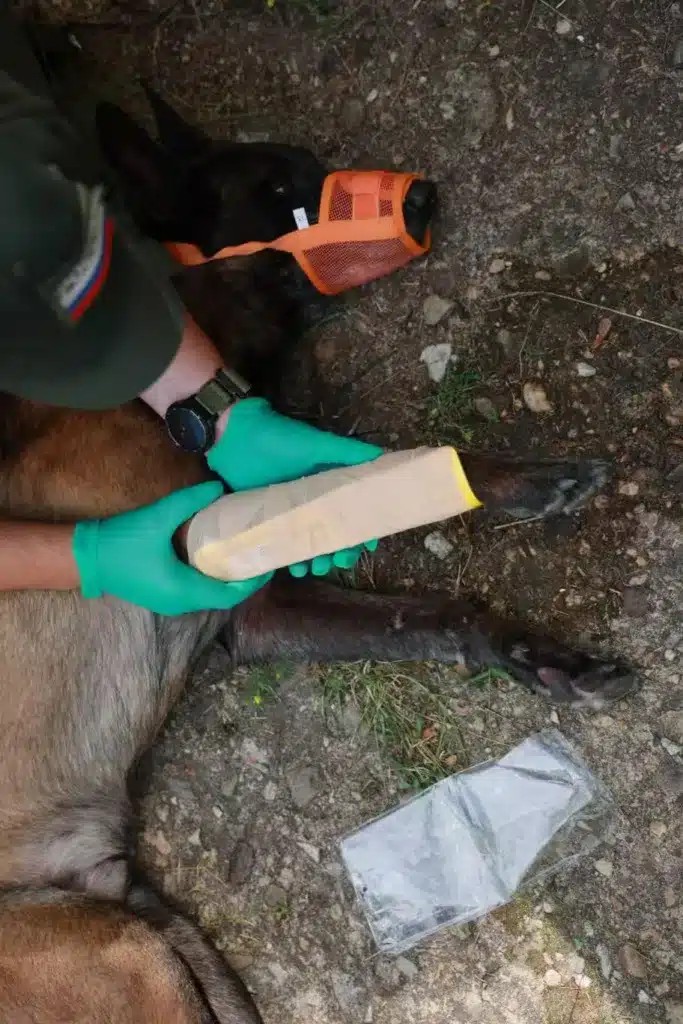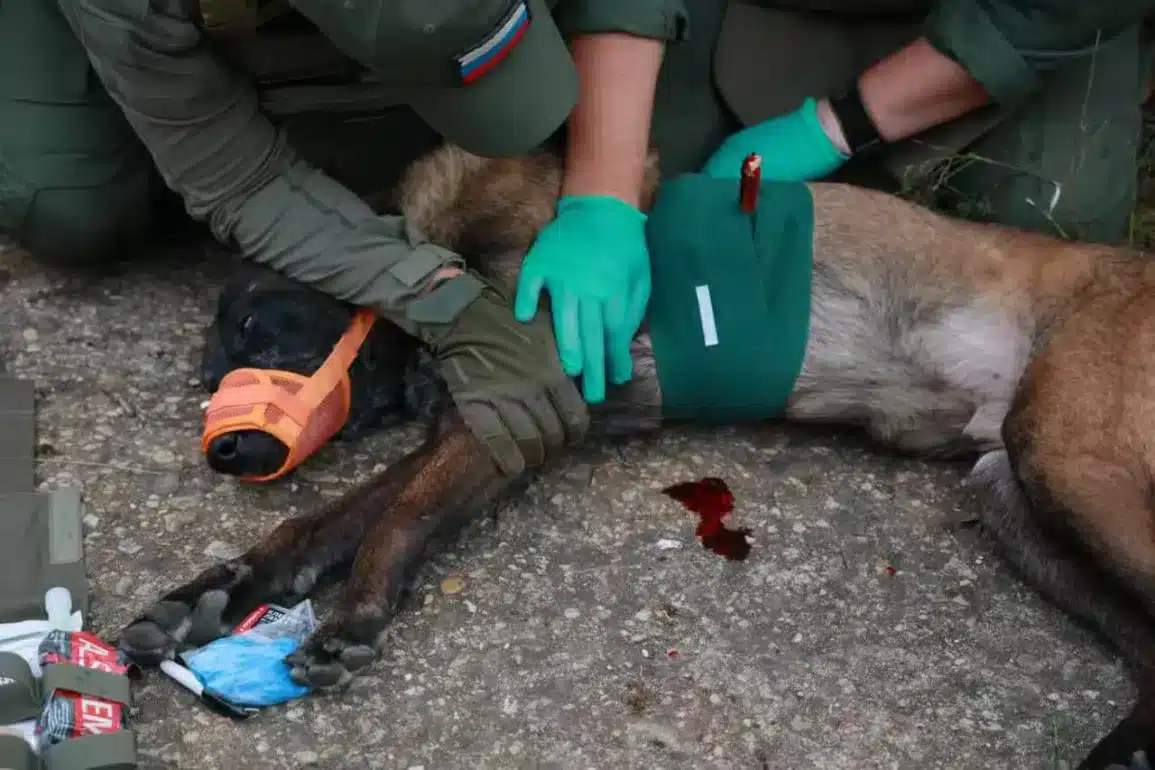Many dog owners today love taking their furry companions on outdoor adventures like hiking, camping, and travel. These activities create wonderful bonding experiences, but they also come with risks. What happens if your dog suffers a bone fracture during these outings? Similarly, what should you do if your dog is injured in a traffic accident? Knowing how to handle these emergencies can make a crucial difference in your pet’s recovery.

When your dog suffers a bone fracture, the situation quickly transforms into an emergency. The pain in your pet’s eyes and their distressed behavior can leave any owner feeling helpless, but knowing exactly what steps to take can significantly improve their recovery outcome.
Understanding dog fracture risks
Bone fractures rank among the most common serious injuries in dogs, causing intense pain and requiring immediate professional attention.
Several factors commonly lead to canine fractures:
- External impacts (particularly vehicle collisions)
- Falls from heights or down stairs
- Twisting injuries during play or exercise
- Crushing injuries (especially dangerous for smaller dogs)
Certain dogs face higher fracture risks, including puppies with developing bones, senior dogs with weakened skeletal systems, dogs with underlying conditions like osteoporosis, and small breeds with naturally delicate bone structures.
Emergency Bone Fracture Treatment Steps
If your dog experiences a fracture during an outdoor adventure or other accident, follow these essential dog first aid steps:
1. Apply a muzzle or improvised muzzle
Even the gentlest dogs may bite when in severe pain. Apply a proper dog muzzle or create a temporary one using gauze, a leash, or soft cloth wrapped around the snout. This prevents the dog from biting during treatment while ensuring they can still pant and breathe properly.

2. Remain Calm
Prevent further movement that could worsen the injury. Speak in a soothing voice and minimize environmental stressors.
3. Assess the injury
Look for obvious signs of fracture without manipulating the limb
4. Stop any bleeding
If there’s an open wound, apply pressure using a clean cloth or sterile bandage.
5. Immobilize the injury site
If you suspect a limb fracture, immobilize the area using a dog splint if you have been trained to do so. Here are steps for dog Splint application.
- First, measure around the leg at the injury site to determine circumference. Your selected splint width should encompass 70-90% of this measurement.
- Next, determine the appropriate length needed for the splint to provide adequate support.
- Then, form the splint by creating longitudinal curves on both edges to match the natural shape of the animal’s injured limb.
- Place the curved splint against the injured limb and make any necessary adjustments by hand to ensure proper fit throughout.
- Complete the application by securing the splint with appropriate medical tape.
6. Apply ice packs
Wrap ice in cloth (never apply directly to skin) and hold against the injury for up to 10 minutes to reduce swelling and pain
7. Treat for shock
Cover your dog with a thermal blanket to keep them warm and prevent hypothermia which can lead to shock

8. Transport carefully
Move your dog as little as possible and seek veterinary care immediately. For larger dogs, a K9 litter makes transportation easier
Veterinary Treatment Process
At the clinic, your vet will first check vital signs, manage pain, and possibly sedate your dog for a thorough exam. X-rays will reveal the exact nature of the fracture, helping determine the best treatment approach.
Treatment depends on the fracture severity. Simple breaks might only need closed reduction and casting, while complex fractures could require surgical fixation using pins, plates, or screws. External fixation devices or professional splints offer support for certain fractures. In rare, severe cases where the bone is beyond repair, amputation might be considered.
Your vet will prescribe medications for pain relief, inflammation reduction, and possibly antibiotics to prevent infection if the skin was broken.
Recovery Process
Fracture recovery typically spans weeks to months based on several factors:
• The break’s location, severity, and your dog’s overall health
• How well the immobilization is maintained and activity restricted
Professional dog splints play a vital role in this process:
• They immobilize the injury while being lightweight and comfortable
• Your vet may adjust them as swelling subsides and show you proper monitoring techniques
For successful recovery, essential care includes:
• Daily checking for proper positioning, moisture, or pressure signs
• Strictly limiting activity and preventing bandage chewing
• Maintaining clean dressings and attending all follow-up appointments
Conclusion
Your immediate response when your dog breaks a bone can dramatically influence their recovery outcome. Staying calm, providing safe transport, and obtaining prompt veterinary care gives your pet the best healing chances.
With proper treatment including appropriate splinting, most dogs recover successfully from fractures. Though recovery demands patience and careful management, the reward of seeing your dog enjoy walks again makes it worthwhile.Prepare before emergencies happen—carry a basic pet first aid kit, save emergency vet contacts in your phone, and know where the nearest emergency clinic is to your walking routes. This preparation ensures you can act confidently when your dog needs you most.


